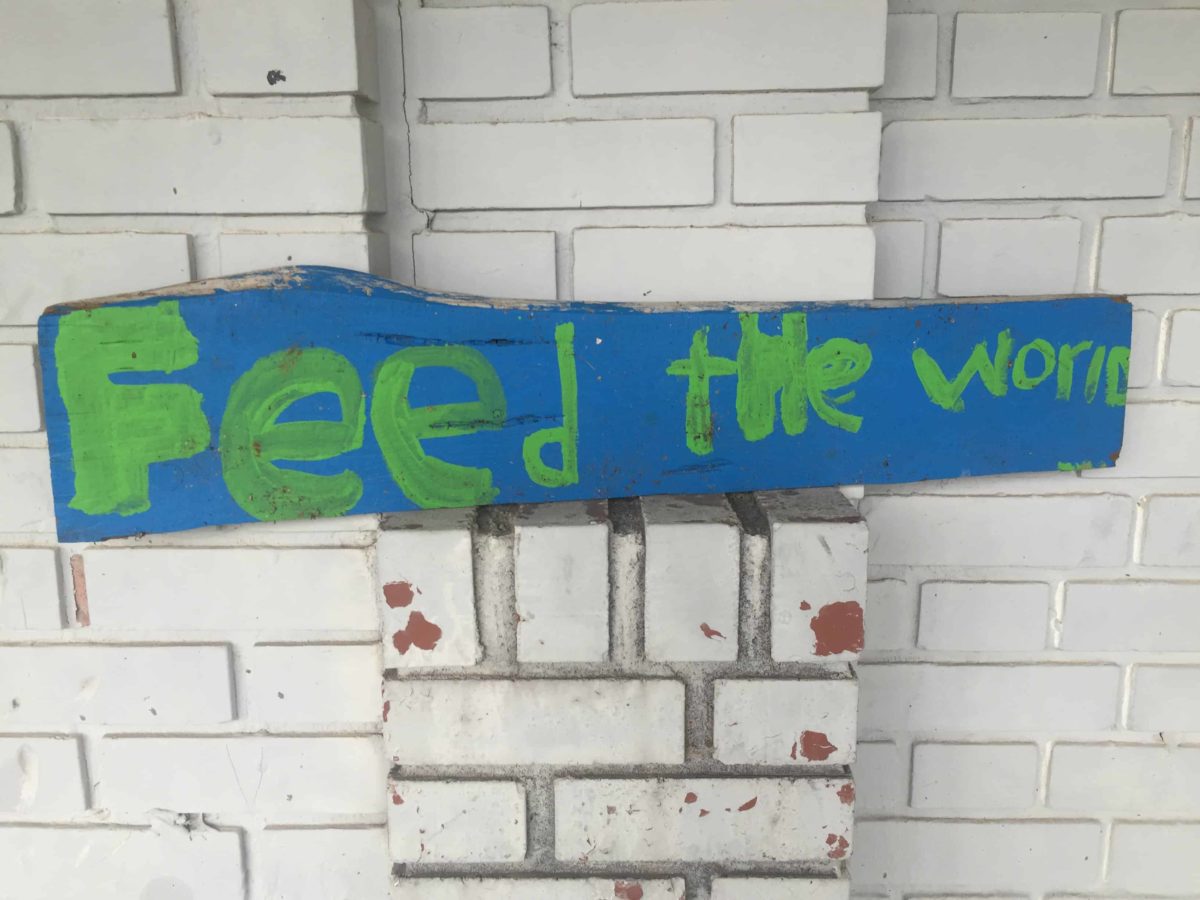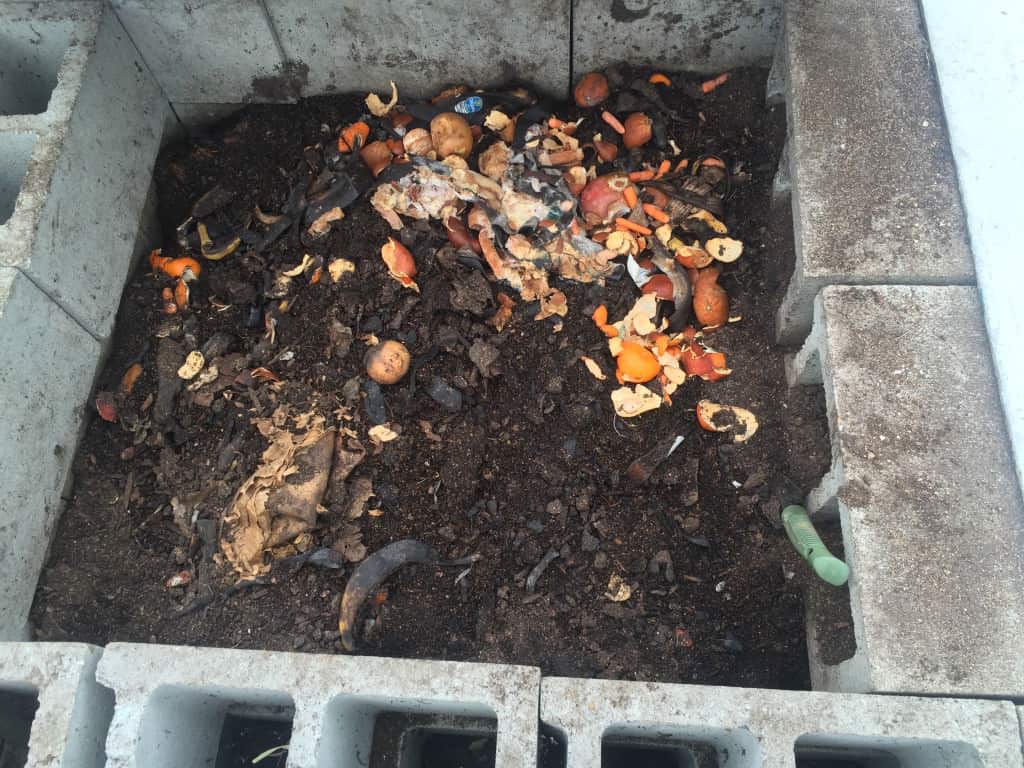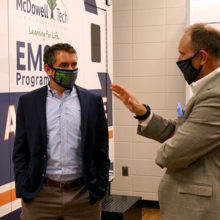
We grow enough food in this country to feed the hungry, yet nearly one third of the food that is produced is wasted.
We are a state that is rich with agricultural products, yet 27 percent of our children are food insecure.
Equally challenging, we have the fifth highest childhood obesity rate.
One evening recently, a chef friend reminded a crowd that she often has too many options to select from when planning a meal, yet she now often thinks of that bounty in comparison to the children going hungry just miles from her restaurant.
And, as studies show, this hunger often takes the form of obesity brought on by poor nutrition.
Our challenges seem overwhelming at times, yet we have some evidence of what works, so perhaps it is time that we consider where we make investments.
A new study from Arkansas recently reported, “that the federal Fresh Fruit and Vegetable Program decreased childhood obesity rates in elementary schools by 3 percent at a cost of only $50 to $75 per student per year.”
The method focuses on increasing access to fresh fruit and vegetables outside of meal time as an experiment. For an extra $50-75 per student per year it decreased childhood obesity rates in schools where it was implemented by three percent. The program works, in part, by treating fruits and vegetables as snacks and meal supplements, which students eat in addition to school breakfast and lunch.
As Mother Jones writer Tom Philpott noted when describing the study, “About 18 percent of the nation’s 24.7 million elementary school-aged children are obese… adding that the lifetime obesity-related medical cost for each obese child is $19,000, or $83 billion in ‘obesity-related healthcare costs over the lifetime for our current generation of children.’ If the program had the same impact nationwide that it had in those Arkansas schools, the obesity-related price tag would drop to $69 billion — meaning that ‘spending $6 billion to implement the program would save $14 billion in healthcare costs over the current elementary school generation’s lifetime.’”
Imagine that. Investments made in childhood pay dividends across a lifetime. Along the way, we save money as a society, while also tackling issues that we must tackle.
Closer to home, Jim Keaton and the Durham Public Schools won the United Way of the Greater Triangle’s Social Innovation Challenge last year with an effort to increase access to breakfast.
One pilot project in Durham, which EdNC profiled earlier in the year, featured kiosks placed on each hallway in Spring Valley Elementary, which increased breakfast participation by 180 percent through a relatively low-cost investment.
Keaton understands in a visceral, personal way that we must innovate for a variety of reasons, but chief among them is tackling the question of how we deal with the stigma around free and reduced-price breakfast and lunch. Breakfast, as Keaton has noted, is typically associated with arriving early, before class, and only for students who are in real need. That is effectively three strikes against breakfast, even for those students who desperately need breakfast to combat hunger and increase performance.
Keaton, and his team, are working diligently to invest in innovative pilot projects to see what works for students. At times, our policy can be divorced from the real life impacts. Keaton and his team are working to make sure that does not happen.

We also know that food education makes a difference in a variety of ways.
Just this week I visited Exploris School where students utilize math to decide how large the boxes should be to plant certain vegetables, while other students show up over the summer to interact with the worms in the compost piles. In addition, one teacher told me that students had been exposed to as many as fourteen different vegetables and fruits that they had not tried before. Learning, for example, that chives are the “little green things in soup.”
On the statewide level, The Center for Environmental Farming Systems and 4-H brought FoodCorps to North Carolina in 2011. I have been fortunate to interact with FoodCorps members from across the state and they are doing important work reconnecting our youth to a food system that for too long has been divorced from our plates.
According to the Blue Cross Blue Shield Foundation of North Carolina since 2011, “FoodCorps service members located in Gaston, Moore, Warren, New Hanover, and Wayne counties have reached nearly 22,000 children, conducted more than 7,000 educational activities, built or revitalized 82 school and community gardens, and donated more than 2,100 pounds of produce.”
FoodCorps focuses on placing food education inside of schools through school gardens and other programs. Students grow the food and participate in cooking lessons. In addition, FoodCorps members help broker relationships between nutrition directors and local farms.
Beyond FoodCorps, individual schools are beginning to integrate food into their education curriculum to boost nutrition, enhance our students connection to the food system, and more.
We cannot place a price tag on eliminating hunger, or combating obesity, in this country, yet we know that for relatively small sums of money pilot programs across North Carolina and in other states are already working which gives us a blueprint for how to begin to tackle these issues.
At the end of the day, these problems are not political issues. Or at least they shouldn’t be. Combatting hunger is an issue for us all, regardless of partisan affiliation, and ultimately it is up to us to decide if we have the moral imperative to create lasting change.
Recommended reading





